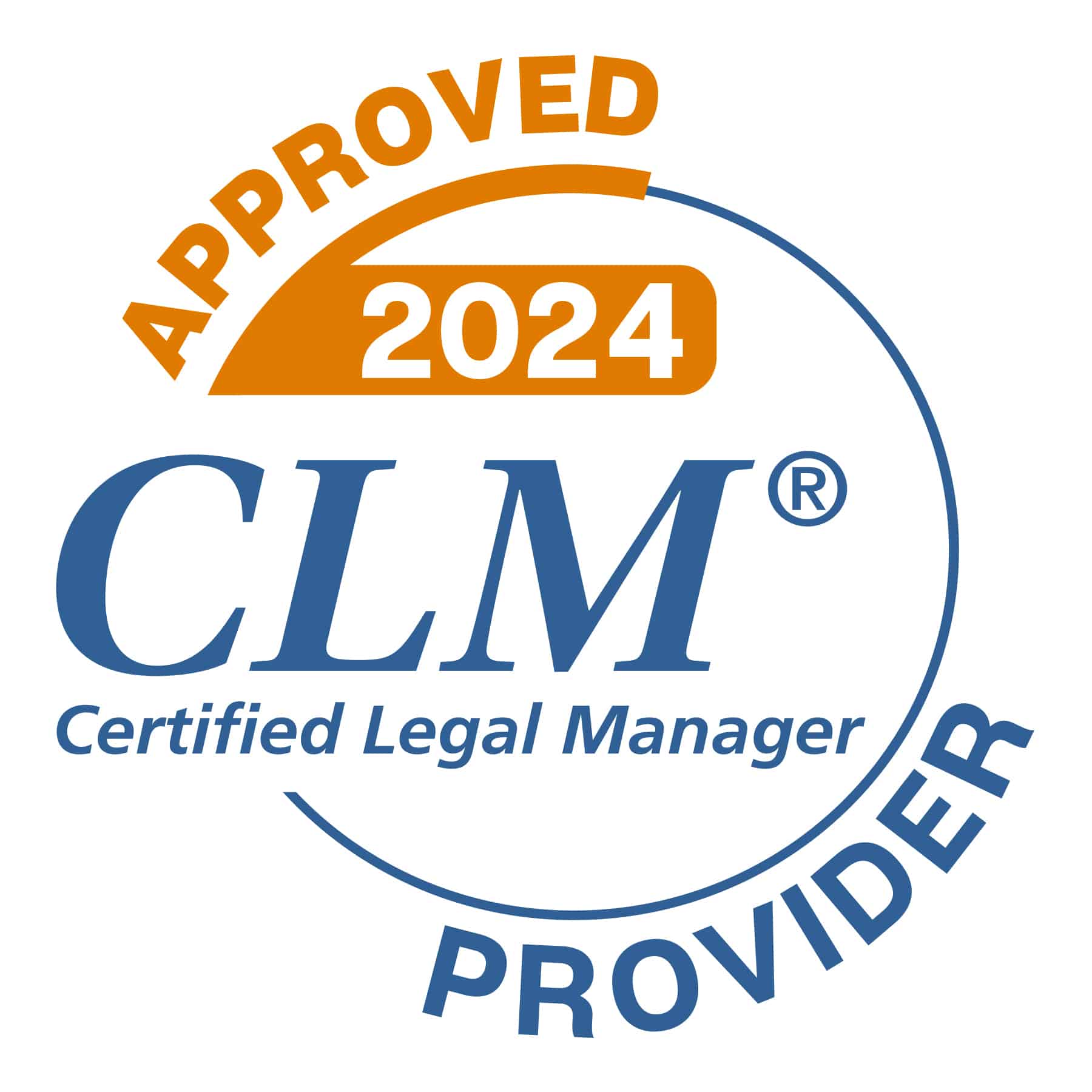Building a Thriving Law Firm: Insights from the Webinar
In a recent webinar, Gary, a seasoned expert in law firm management, shared invaluable insights into enhancing the financial performance and operational efficiency of law firms. Sponsored by Lean Law and the Association of Legal Administrators, the session was a deep dive into the metrics and strategies essential for a law firm’s success.
The Law Firm Report Card: A Comprehensive Approach
Gary introduced the concept of a law firm report card, a vital tool for evaluating a firm’s financial and operational performance. He emphasized the need for specialization, effective delegation, and focusing on high-value work to boost capacity and efficiency. The key takeaway was that profitability hinges on aligning financial strategies with client needs, setting effective budgets, and streamlining work processes. For those who missed the live session, a recording will be available for future reference.
Building a Successful Firm Culture
Gary highlighted the critical components of a successful law firm culture, including having the right people, products, services, and processes. He stressed the importance of cultivating a culture that promotes accountability, self-motivation, and performance-based compensation. Succession planning and defining a unique market offering were also discussed as essential elements for long-term success.
Effective marketing strategies, targeting the right clients, and maintaining a lean overhead through efficient technology and processes were additional focal points. Gary succinctly put it: “Profitability is achieved by subtracting overhead costs from revenue.”
Metrics that Matter: Capacity, Utilization, Realization, Collection, and Overhead
Gary broke down five critical metrics that influence a law firm’s profitability: capacity, utilization, realization, collection, and overhead as a percentage of revenue.
- Capacity: Defined as the total amount of paid services a lawyer can produce in a year, based on average working hours and hourly rates. Gary conducted a poll revealing that 25% of firms had capacities in the ranges of less than $300,000, $300,000 to $500,000, and more than $500,000.
- Utilization: The percentage of capacity worked on billable matters. Gary recommended aiming for a 95-100% utilization rate for billable capacity, noting that the national average for mid-sized firms is a concerning 45-47%.
- Realization and Collection Rates: Most respondents were aware of their realization (90%) and collection rates (89%).
- Overhead: Gary pointed out that the average overhead per lawyer is 45-50%, while the best-in-class firms maintain an overhead of 30% or less.
Gary illustrated these concepts with a comparison of hypothetical lawyers, showing the stark difference in financial outcomes between average and top-performing firms.
Strategies for Enhancing Capacity and Financial Performance
Gary shared actionable strategies for boosting capacity and financial performance:
- Reduce Non-Billable Time: Streamline processes and minimize non-billable activities.
- Increase Billable Rates: Adjust pricing to reflect the value of services provided.
- Set Clear Goals and Boundaries: Establish objectives and track hours to ensure efficient use of time.
- Specialization and Delegation: Focus on high-value work and delegate tasks effectively.
- Explore Alternative Pricing Models: Consider new pricing strategies and automation to increase production.
Gary also emphasized the importance of ensuring the right people are in the right roles and suggested that firms should be open to outsourcing or downsizing if necessary.
Financial Alignment, Budgeting, and Technology
Financial alignment with clients, effective budgeting, and efficient work processes are crucial for law firm success. Gary stressed the need for improved technology adoption and the potential benefits of reducing staff to enhance operational efficiency. He addressed questions on overhead calculations and clarified that regular salaries to owners should not be included in overhead calculations.
Looking Forward
Gary concluded the webinar by emphasizing the critical role of effective leadership and management in shaping a law firm’s performance and ensuring personal satisfaction and retirement prospects for its lawyers. He introduced the law firm report card as a tool for assessing and improving performance and hinted at future webinars to explore strategies further.
For those interested in revisiting the session or exploring additional resources, the webinar recording will be available, along with access to a free community for ongoing learning.
Stay tuned for more insights and strategies to elevate your law firm’s performance to the next level!



